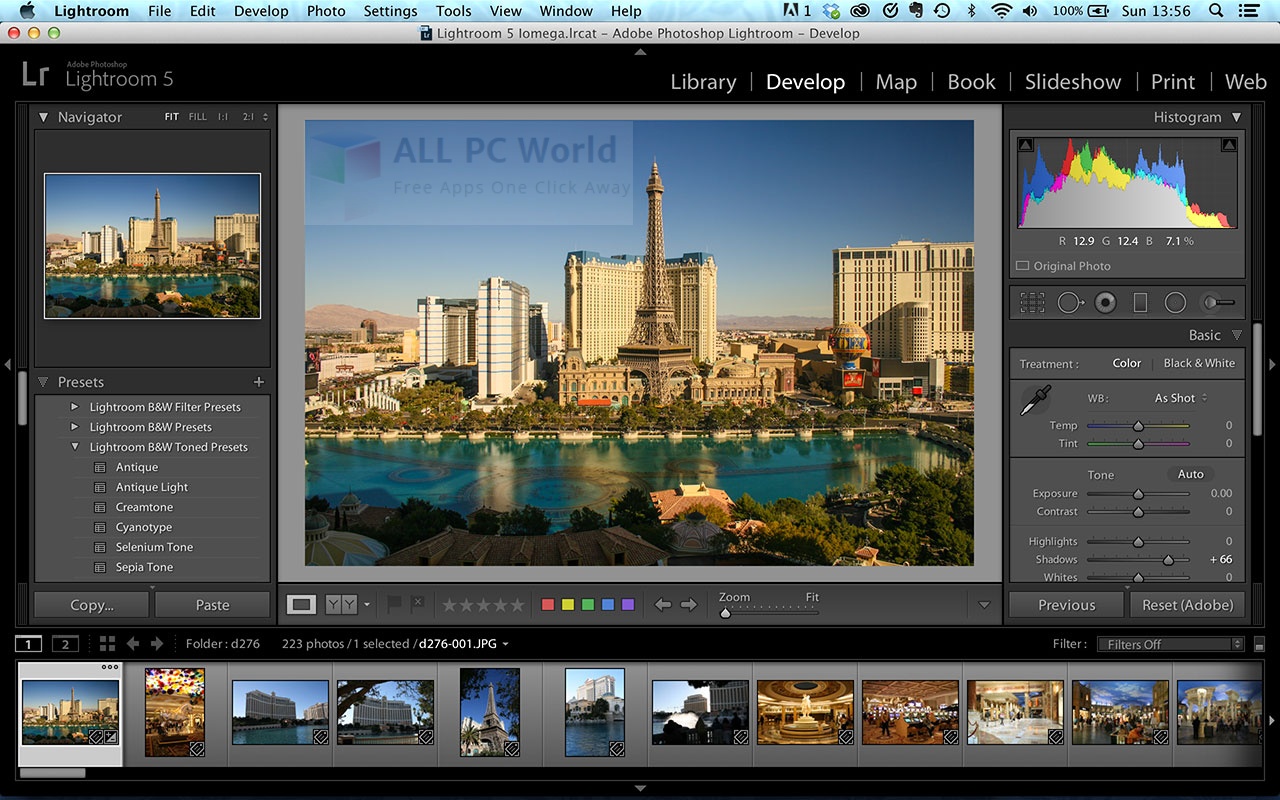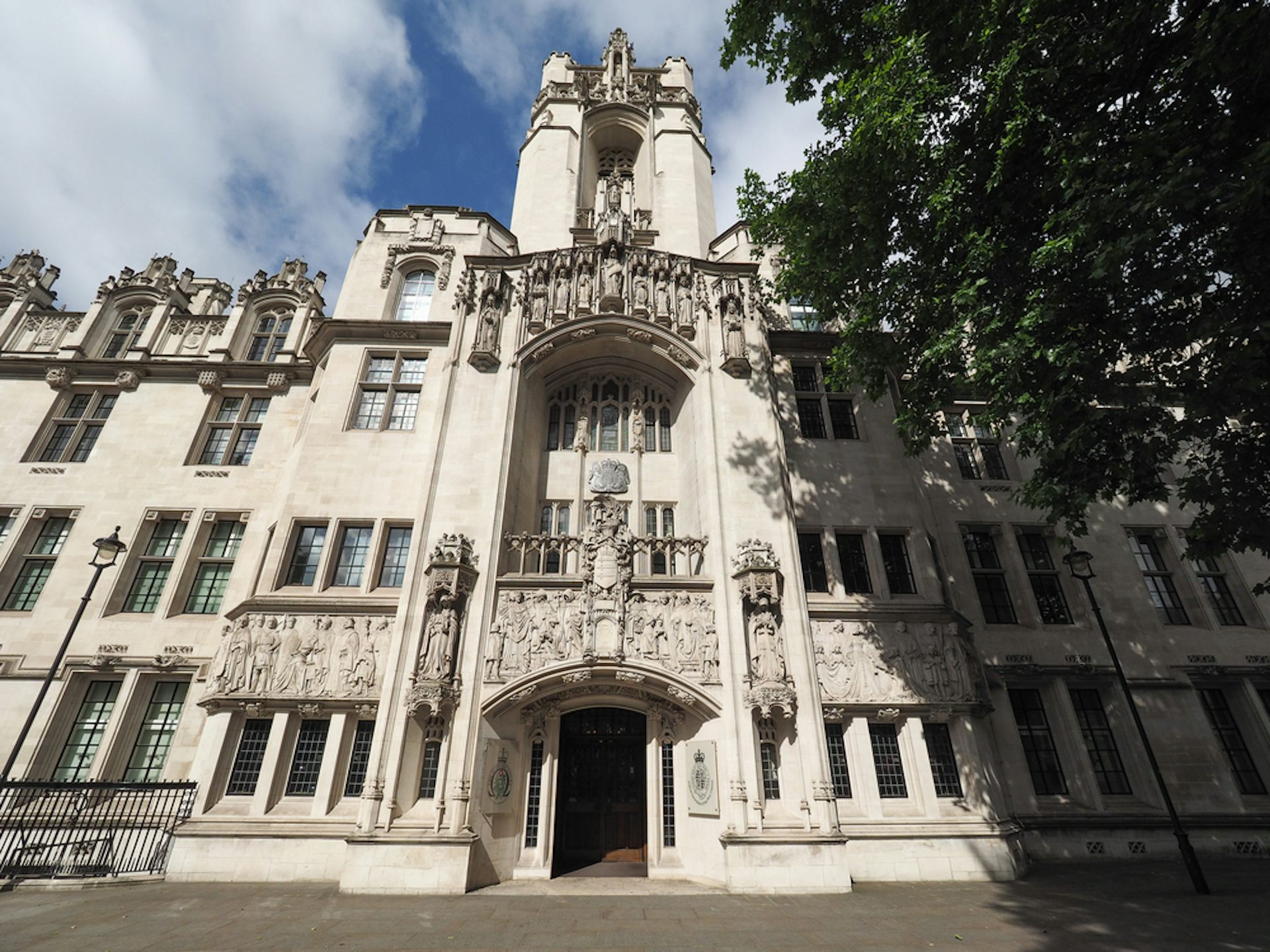
In Lightroom, changing the white balance is easy with two sliders inside the Basic panel.

Once again, the white balance can help achieve that. For example, a photo taken outside may look a little too blue, while an indoor photo may look too yellow.īeyond that, many photographers want to enhance the colors in their photos to make a sunset appear more vibrant than it really was. The caveat to this is that sometimes it doesn’t quite look perfect. Your camera will figure out what white balance setting is best to accurately display your colors based on the lighting conditions. When you take a photo, your camera will typically choose a white balance for you automatically. With the help of the exposure, contrast, highlights, shadows, whites, and blacks sliders, everything can be fixed in seconds.Įven if you choose not to make any other editing adjustments, these few sliders alone make a big difference in your images. That’s why so many photographers use Lightroom to fix the brightness of their photos and balance things out. Without Lightroom, you’re out of luck with limited options to fix this problem, especially if you’re shooting RAW files. In some cases, you will end up with a photo that looks too bright or too dark. When you’re taking a photo, you’re constantly battling the lighting conditions against your camera settings. The most common thing Lightroom is used for is exposure (aka image brightness) correction. Later in the post, you’ll discover some cool things you can do in the program, along with a handful of trendy editing styles! What Is Lightroom Used For? 1. To get things started, let’s go through 10 common things that Lightroom is used for. Lightroom offers photographers a faster way to enhance their photos, whether they’re working with single images or thousands at once.

In Lightroom, you can organize and catalog photos, correct exposure and white balance, improve colors, add watermarks, create slideshows, and more. Let’s break down some of the most helpful ones available in the program.

From image organization, exposure correction, color adjustments, watermarking, and more, Lightroom offers many tools. Adobe Lightroom is one of the most popular photo editing programs on the market, but what exactly is it capable of? Especially if you’re new to photo editing, you may overlook some of the helpful things this program can do for you.


 0 kommentar(er)
0 kommentar(er)
